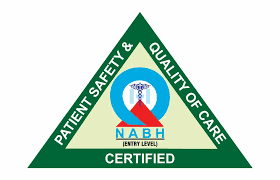Cornea Services
Our Services
Quick Consultation
Testimonial
Had a very good experience from the first consultation to the follow-up visits for my LASIK surgery. Dr. Aditi provides good information and details things really well. The staff is helpful and ensures timely reminders wherever needed. Best wishes to keep providing quality care services to their patients.
Types of LASIK Surgery
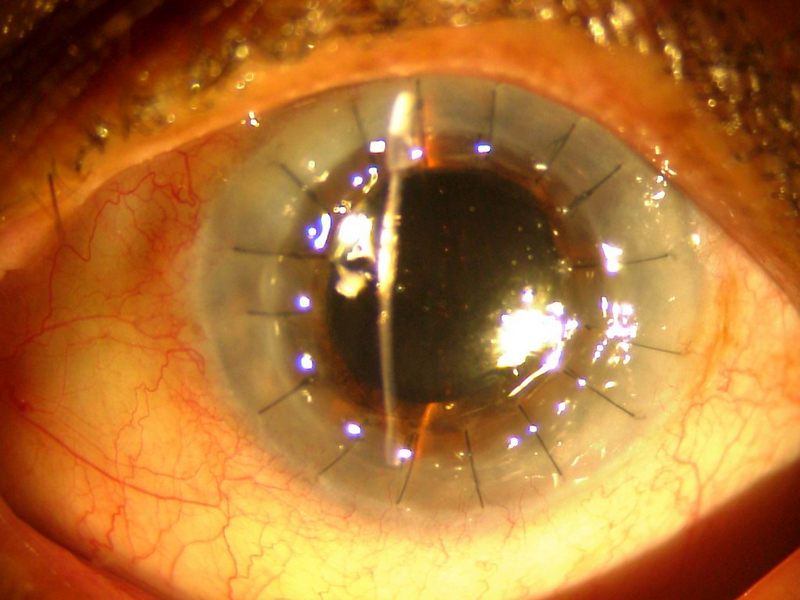
The Cornea is the clear, front window of the eye. It helps focus light into the eye so that you can see. The cornea is made up of diferent layers of cells. All these layers work together to protect your ye and provide clear vision.
Your cornea must be transparent(clear), smooth and healthy for good vision. If the cornea becomes scarred, irregular or swollen , there is loss of corneal transparency and the vision becomes blurry or there is glare.
A coreal transplant is a procedure whereby a diseased cornea is replaced with a healthy cornea from a human donor to restore vision.
A human donor is someone who chooses to donate his/her corneas after death to people who need them. All donated corneas are carefully tested to make sure they are healthy and safe for a corneal transplant procedure.
There are different types of corneal transplants –
Lamellar corneal Transplant – In some cases only the front or middle layers of the cornea are replaced. In some cases only the inner layer is removed and replaced (Endothelial keratoplasty). To know more about endothelial keratoplasty
Full thickness corneal transplant (Penetrating keratoplasty) – In some diseases the entire cornea needs to be replaced. (Figure)
The life-changing benefits are so significant that LASIK has become one of the most frequently performed elective surgeries in the world, with over 30 million people already experiencing the freedom of life without glasses and contacts – thanks to LASIK.
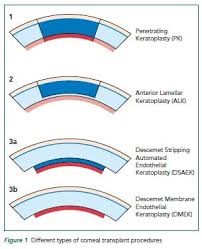
Penetrating keratoplasty (PK) –
In diseases where all the layers of the cornea are affected, the entire diseased cornea is removed and replaced with a healthy donor cornea which is secured into the eye with sutures.(figure)
PK is one of the most widely performed corneal transplant procedure worldwide even today. PK has a longer recovery time period than other types of cornea transplants. The sutures put in a PK are removed gradually over time.
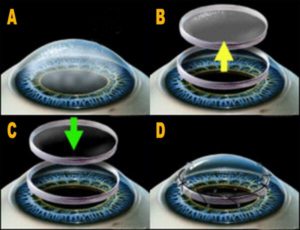
Benefits of PK –
Improved vision
Approximately 75% of transplant recipients have vision sufficient to drive legally but may need glasses or contact lenses or sometimes further surgery for best results
It may take up to 18 months until the full improvement is appreciated
Risks of Penetrating Keratoplasty (PK)
Rare but serious complications
- Sight-threatening infection (1 in 1,000) – Can occur any time after surgery in the early ost operative period or even after many months. Hence a regular follow up with your treating ophthalmologist is essential.
- Severe haemorrhage intraoperatively causing loss of vision
- Retinal detachment
- Severe inflammation or other rare causes of loss of vision
- Corneal transplant rejection – A corneal transplant can be identified and attacked by your immune system. This happens in one in six patients in the first two years after transplantation and can cause graft failure. It can often be reversed if anti-rejection medication is started promptly. Rejection remains a possibility for your lifetime.
- Graft failure – When a graft fails, your cornea becomes cloudy again and your vision becomes blurred.
- Glaucoma
- Cataract
Corneal transplant rejection
Rejection needs urgent treatment as this can lead to failure of the transplant and loss of vision.
Symptoms of rejection are:
Red eye
Sensitivity to light
Sudden decrease in vision
Pain
If you have undergone a corneal transplant and experience any of these symptoms, contact your doctor immediately.
To know if you are a candidate for transplant, you my book an appointment. (Link to contact)
DEEP ANTERIOR LAMELLAR KERATOPLASTY (DALK)
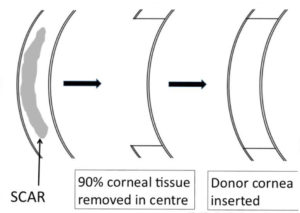
DALK is a modern technique whereby the outer two layers of the cornea are removed and replaced with the outer two layers from a donor cornea to give a partial-thickness transplant.
Indications for DALK –
Deep anterior Lamellar keratoplasty is performed in diseases of the cornea which involve the corneal stroma while sparing the endothelium (Inner layer).These include-
Corneal dystrophies, keratoconus, midstromal corneal opacities etc to name a few.
Conversion to penetrating keratoplasty
Occasionally, it is not possible to perform a partial thickness transplant and a full-thickness transplant must be performed instead. This happens in 10% of intended DALK procedures.
Possible advantages of DALK over full-thickness graft
- Lower risk of intraocular (inside the eye) problems such as serious infection or bleeding
- Lower risk of graft rejection
- The corneal wound after DALK is stronger than that after a full-thickness graft (PK). This means that stitches can be removed sooner.
Endothelial Keratoplasty (DSAEK/DMEK) –
The cornea has three layers (thin outer and inner layers and a thick middle layer). In some diseases, only the inside layer (endothelium) is affected, causing corneal oedema (swelling) and clouding (see below).
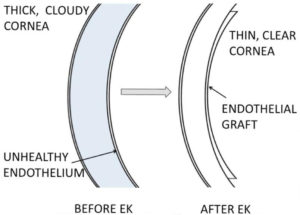
The cornea has three layers (thin outer and inner layers and a thick middle layer). In some diseases, only the inside layer (endothelium) is affected, causing corneal oedema (swelling) and clouding (see below).
Benefits of endothelial keratoplasty
- Faster visual rehabilitation compared to full thickness corneal transplant
- Requires very few or no sutures, so suture related problems are eliminated
- Endothelial Rejection and failure although possible, overall incidence is lower than that of Full thickness corneal transplants(PK).
- Improved vision – The majority of transplant recipients have sufficiently good vision to be able to drive legally although many need glasses. It can take up to six months until the full improvement is appreciated.

